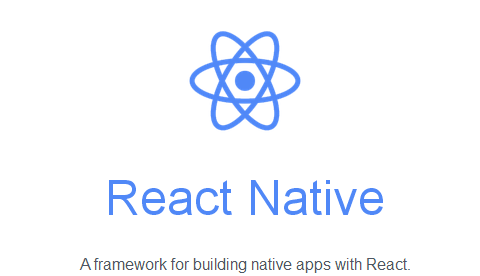What is React Native technology and when to use it?
More and more often we meet the challenge of creating a mobile application, whichóThe target audience is all smartphone usersów – zaróBoth those on Android and those on iOS, while maintaining the budget, without straining it. With a few conditionsóin is possible. From this article you will learn when to use React Native technology, whether it is a good solution for every business project, what pros and cons you will find in this technology.
Wondering which business laptop to choose? Check it out here:
React Native technology and its emergence
React Native is a framework (programming platform, or skeleton to build applications) created by Facebook to speed up the process of creating mobile applications (https://facebook.github.io/react-native/). It allows for simultaneous development of applications zaróBoth for Android and iOS platforms, using JavaScript. Just write code in JavaScript, and the result is a mobile app with native elements for iOS and Android. This is because React Native uses a bridgeóin (bridges) to translate JavaScript into native components.
Mark Zuckerberg was looking for a universal programming solution for his productsóIn other words, he admitted that the reasonóThe mobile version of Facebook. In 2012, he admitted that the current solution – HTML5, does not meet the expectations and is one of the major strategic failures of the company.
It expressed inóAt the time, we hope that in the near future he and his team will beóThey will find a solution to the problem they have been struggling with for some time. Soon póJordan Walke (one of the developers of theóFacebook) found a wayób to generate an elementóThe iOS user interface from a JavaScript code thread. This was a watershed moment for the cause, and after months of intensive work, the first version of React.js (https://reactjs.org) published in 2015 with the declaration that Facebook uses React Native technology for its productów.
Pros and cons of React Native technology
The undisputed positive of developing applications in React Native is the existence one code for multiple platforms, as it is possible to go beyond iOS and Android. We gain saving time, saving money. Additionally, we only need one developer teamów, który based on the stable framework – React.js.
So, if React Native seems to be an awesome solution, why not apply it to every project? It should be remembered that React.js is effective and efficient only in terms of UI (user interface). Otherwise móBy doing so, the application code does not modify itself to the native code, and coóIt works with the native interface of the smartphone. You need to keep in mind that to create someórych elementótechnology in the application (e.g. (which is not only a mobile web, but also a mobile application, in which you have to write a piece of code in native technology, and then build a bridge, whichóry will combine JavaScript elements with native code. An important point is that React Native was created by Facebook, so this compositeóMark Zuckerberg is responsible for the development of React Nativeótechnology. There is always the risk that the technology will stop being supported, be suspended, or for some reason Facebook will refuse toóThe licensing of a restaurant app.
When to use React Native technology?
The ideal situation to reach for React Native technology is the need to create a simple application, with time constraints. A good example is a mobile application for a trade show, when a company intends to present its products using a mobile device or an application thatóra gathers ideas for new projectsóin a company or a tool for a single marketing campaign. This is due to the fact that React Native allows you to write code that supportsólnego (about 70%), but remember that we always build bridges between JavaScript and native elements. So the simpler the application and the interface that is generated, the more code we have in commonóThe new technology for iOS and Android (or other platforms). However, when an application requires complex functionality, depending on external, native libraries, the more fragmentóin codeóin native you need to write.
In conclusion, we would like to emphasize the importance of sensibly choosing technological solutions according to the needs and possibilities of. If the goal is defined as building a simple application thatóIt is not necessary to develop or expand it, or it is a promotional tool – Choose React Native to save time and money. Beware, however, of theóThe diversification of opportunities, whichóre provide a native API (Application Programming Interface, i.e. a set of solutions thanks to whichó(in which two applications can communicate with each other). For example, a restaurant app thatóra delivers food and the Google Maps application. It may turn out that not much code will be able to support theósplit, and mnóThe work environment will require the construction of a moduleóin bridging – wówhen to choose native programming.


